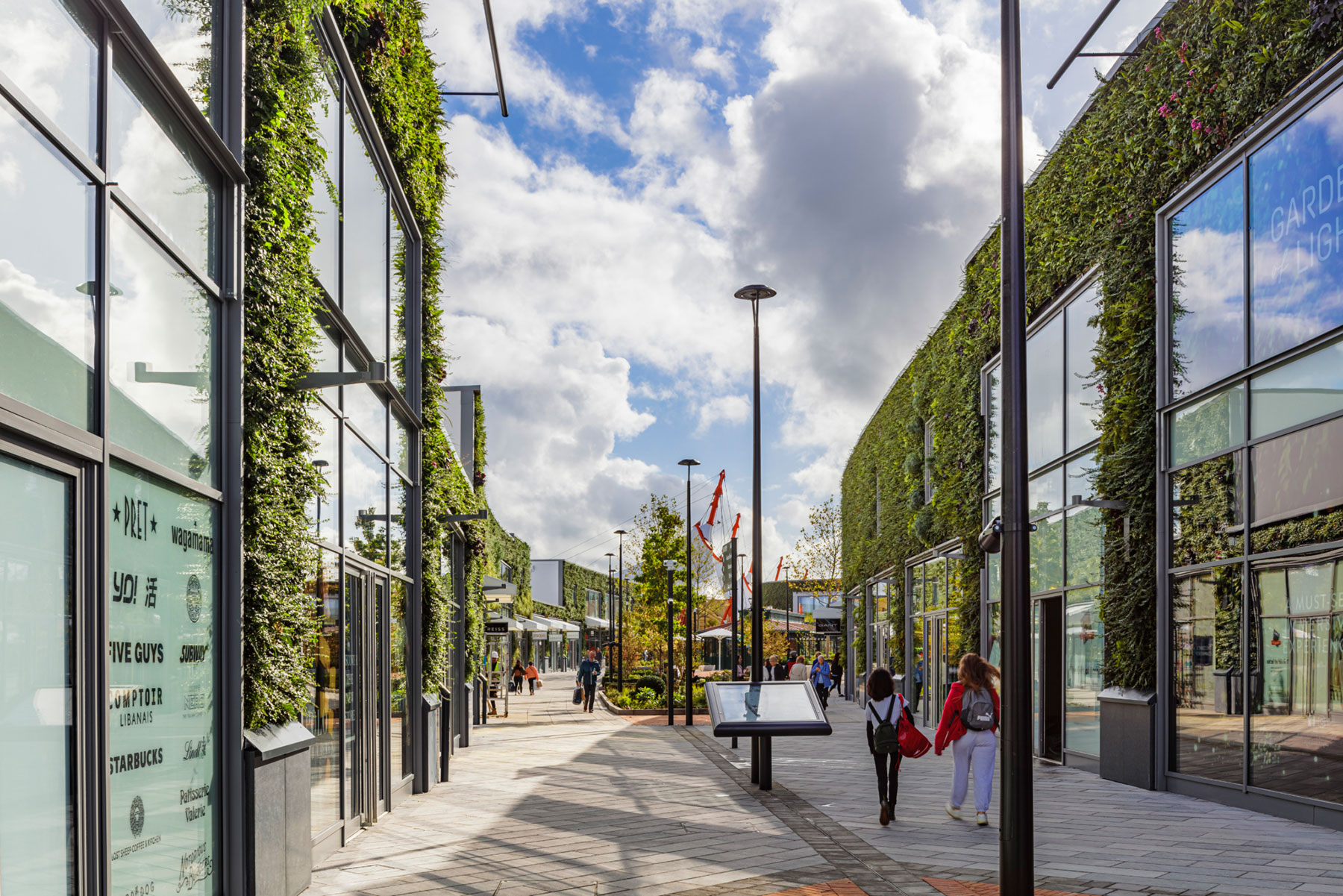In an era marked by growing environmental consciousness and sustainability efforts, the construction industry has undergone a significant transformation. Sustainable building practices are now at the forefront of architectural design and construction. One of the pioneering systems leading this movement is the Breeam Hea 06 Assessment UK. This comprehensive framework supplies a structured approach to assess and enhance the environmental performance of buildings. In this article, we will delve into the intricacies of the BREEAM Assessment Method, exploring how it works and its impact on the construction industry.
Understanding BREEAM
The BREEAM Assessment Method was developed by the Building Research Establishment (BRE), a research organization based in the United Kingdom. Launched in 1990, BREEAM was one of the world’s first environmental assessment methods for buildings. Since then, it has become globally recognized and adopted, influencing sustainable building practices in various countries.
Key Principles of BREEAM
The BREEAM Assessment Method operates on several key principles that guide its evaluation and certification process:
Comprehensive Assessment
BREEAM assesses various aspects of a building’s environmental performance, including energy use, water consumption, waste management, materials, and indoor environmental quality.
Customization
BREEAM offers flexibility by allowing project teams to select from a range of sustainability criteria based on the building type, location, and project goals.
International Applicability
While BREEAM created in the UK, it has been adapted for use in many countries, making it a versatile tool for assessing buildings worldwide.
Lifecycle Perspective
BREEAM evaluates a building’s environmental impact throughout its entire lifecycle, from construction and operation to eventual decommissioning.
Continuous Improvement
BREEAM encourages ongoing improvement by providing ratings and feedback to building owners, designers, and operators.
The BREEAM Assessment Process
The BREEAM assessment process is a structured approach to evaluating and certifying the environmental performance of a building project. It involves the following steps:
Pre-Assessment
This initial stage involves setting project goals and objectives, selecting the appropriate BREEAM scheme (e.g., BREEAM New Construction, BREEAM In-Use, BREEAM Refurbishment), and appointing a licensed BREEAM assessor.
Design Stage Assessment
During the design stage, the project team works closely with the BREEAM assessor to incorporate sustainable design features that align with the chosen BREEAM scheme’s criteria. These criteria cover various aspects, including energy efficiency, water conservation, materials selection, and waste management.
Post-Construction Stage Assessment
After the building is constructed and operational, the BREEAM assessor conducts a thorough evaluation of its performance based on the criteria specified in the design stage. This assessment involves site visits, document reviews, and data analysis.
Certification
Based on the assessment, the building is awarded a BREEAM rating, ranging from “Pass” to “Outstanding,” reflecting its environmental performance. A higher rating indicates a stronger commitment to sustainability.
Feedback and Improvement
BREEAM provides valuable feedback to building owners and operators, highlighting areas for improvement and sustainable practices. This feedback encourages ongoing environmental enhancements and a commitment to sustainable building management.
The Impact of BREEAM
The BREEAM Assessment Method has had a profound impact on the construction industry:
Improved Building Performance
BREEAM encourages the implementation of sustainable features and technologies, resulting in energy-efficient buildings, reduced water consumption, and healthier indoor environments.
Marketability
BREEAM-certified buildings often command higher property values and rental rates due to their reduced environmental impact and enhanced occupant well-being.
Environmental Benefits
BREEAM contributes to the reduction of greenhouse gas emissions, water waste, and resource consumption, making a positive contribution to global sustainability goals.
Regulatory Compliance
Many local and national building regulations now incorporate BREEAM criteria, ensuring that new construction projects align with sustainability standards.
Innovation and Research
BREEAM stimulates innovation in construction practices and materials, driving the development of new technologies and sustainable solutions.
Incentives for BREEAM Certification
It’s essential to highlight the incentives and benefits that motivate building owners and developers to pursue BREEAM certification. These incentives can include:
Financial Incentives
Many governments and local leaders offer financial incentives such as tax breaks, grants, or rebates for projects that achieve BREEAM certification. These incentives can cancel the initial costs associated with sustainable building practices.

Market Competitiveness
BREEAM-certified buildings often have a competitive advantage in the real estate market. They tend to attract environmentally conscious tenants and buyers, leading to higher occupancy rates and potentially increased rental or resale values.
Reduced Operational Costs
Sustainable building features, such as energy-efficient HVAC systems and lighting, can significantly reduce operational costs over the building’s lifetime. This cost savings can make BREEAM certification financially attractive.
Corporate Responsibility
Many organizations view BREEAM certification as a demonstration of their commitment to corporate social responsibility (CSR) and environmental stewardship. This can improve their reputation and brand image.
Conclusion
The BREEAM Assessment Method represents a pivotal tool in the global shift towards sustainable construction and environmental responsibility. Its structured approach to assessing building environmental performance, flexibility in criteria selection, and international adaptability make it a helpful resource for architects, developers, and building owners worldwide. By promoting sustainable design, construction, and management practices, BREEAM not only contributes to the well-being of the environment but also enhances the quality of life for building occupants while ensuring the long-term viability of the construction industry. As sustainability continues to be a major concern, the BREEAM Assessment Method remains a beacon of progress and a testament to the power of environmental conscientiousness in building design and construction.
Also Read: How to Protect Your Construction Site From Vandalism?

